1 Define autism spectrum disorder:
a. List the two primary characteristics of ASD.
b. Explain why ASD is referred to as a “spectrum disorder.”
c. Identify and briefly describe the four steps educators can use to make an informed decision when selecting an EBP.
2 Five EBPs are sometimes referred to as foundational strategies.
a. List and briefly describe the five strategies.
3. For each scenario presented in the table below, select one strategy to address the student’s needs and explain why you chose that strategy. Select a different strategy for each scenario.
Scenario Strategy Selected Justification for Selection
Trevor, a 14-year-old boy, is having difficulty transitioning from one activity to another.
Carly, a six-year-old, has difficulty putting on her coat by herself.
Alexa, a three-year-old girl, swings her doll around instead of playing with it as intended (e.g., feeding it).
4. Visual supports and PECS are effective strategies to address communication needs of children with ASD. Briefly explain how each strategy can address this need.
5..Discuss the differences between a focused intervention and a comprehensive treatment program.
6. Promoting independence is often a goal for students in high school. Briefly describe how each of the following strategies can promote independence.
b. Self-management strategies
c. Technology-aided instruction and intervention


